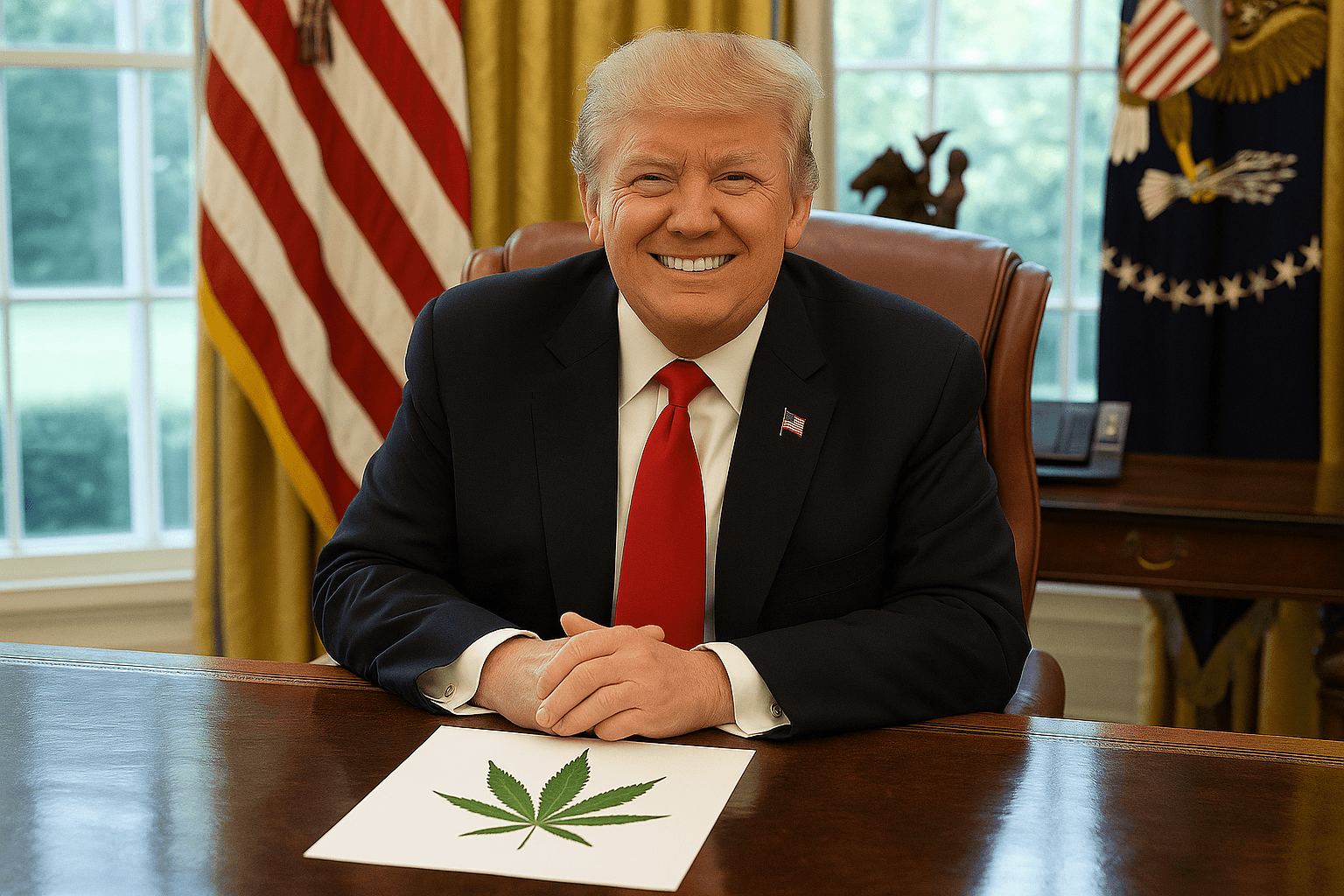Independent Voter Project Withdraws Initiative: Asks SOS if 2012 Election Was Conducted Properly

Published: 07 Jan, 2014
2 min read
In 2012, California held its first elections under its new nonpartisan "Top-Two" Primary system. All statewide elections in California, except for the office of president, were conducted under this system. The presidential primary was, instead, conducted under the old semi-closed partisan primary rules.
The initiative that created the nonpartisan "top-two" system was authored by the Independent Voter Project (IVP) and passed by the voters in 2010 as an amendment to the California Constitution.
In late 2013, IVP filed an initiative with the secretary of state that would have explicitly required the state to conduct the presidential election as a nonpartisan primary as well.
In withdrawing the initiative, IVP submitted 3 legal questions for California's secretary of state, Debra Bowen, questioning whether its 2012 presidential primary was conducted properly:
The Honorable Debra BowenAttn: Katherine MontgomeryOffice of the Secretary of State1500 11th Street, 5th FloorSacramento, CA 95814 RE: Initiative: 1597, Related to Elections Dear Katherine, This notice is to inform you that the Independent Voter Project (“IVP”) has elected to withdraw its initiative referenced above in light of legal questions that have recently come to our attention. In that regard, we respectfully request the legal opinion from the Secretary of State as to the following questions: Background: C.A. Const. art. 2, § 5(c) requires the Secretary of State to conduct an ‘open presidential primary’ election. According to the dictionaries of both Oxford and Merriam-Webster, an ‘open primary’ is defined, respectively as: a primary election in which voters are not required to declare party affiliation and, a primary in which the voter is not required to indicate party affiliation Yet, pursuant to California Elections Code Section 13102(b), a voter not affiliated with a political party may not participate in the selection of candidates during the presidential primary stage unless a political party allows the voter to participate. This presidential primary election scheme appears to be a semi-closed primary system, not the system contemplated by the California Constitution. Questions: 1. Did the Secretary of State properly and Constitutionally conduct California’s 2012 presidential primary election? 2. If the answer to the first question is “Yes,” (a) How does the Secretary of State explain the apparent conflict between the Constitutional language, the statutory implementation, and the actual administration of the 2012 presidential primary election? 3. If the answer to the first question is “No,” (a) Why was a semi-closed primary conducted instead of an ‘open presidential primary’? and, (b) Will the Secretary of State conduct a presidential primary in 2016 that comports with California’s Constitutional requirements? Sincerely, Steve PeaceCo-Chair, Independent Voter ProjectDated this 6th day of January, 2014 Jeff MarstonCo-Chair, Independent Voter Project
IVP is currently spearheading a state-by-state legal strategy to challenge partisan primary systems under the coalition, End Partisanship.
Photo Credit: Mark R / Shutterstock.com
You Might Also Like
Is Trump About to Outflank Democrats on Cannabis? Progressives Sound the Alarm
As President Donald Trump signals renewed interest in reclassifying cannabis from a Schedule I drug to Schedule III, a policy goal long championed by liberals and libertarians, the reaction among some partisan progressive advocates is not celebration, but concern....
08 Dec, 2025
-
5 min read
From the Palisades to Simi Valley, Independent Voters Poised to Decide the Fight to Replace Jacqui Irwin
The coastline that defines California’s mythology begins here. From Malibu’s winding cliffs to the leafy streets of Brentwood and Bel Air, through Topanga Canyon and into the valleys of Calabasas, Agoura Hills, and Thousand Oaks, the 42nd Assembly District holds some of the most photographed, most coveted, and most challenged terrain in the state. ...
10 Dec, 2025
-
6 min read
Ranked Choice for Every Voter? New Bill Would Transform Every Congressional Election by 2030
As voters brace for what is expected to be a chaotic and divisive midterm election cycle, U.S. Representatives Jamie Raskin (Md.), Don Beyer (Va.), and U.S. Senator Peter Welch (Vt.) have re-introduced legislation that would require ranked choice voting (RCV) for all congressional primaries and general elections beginning in 2030....
10 Dec, 2025
-
3 min read




